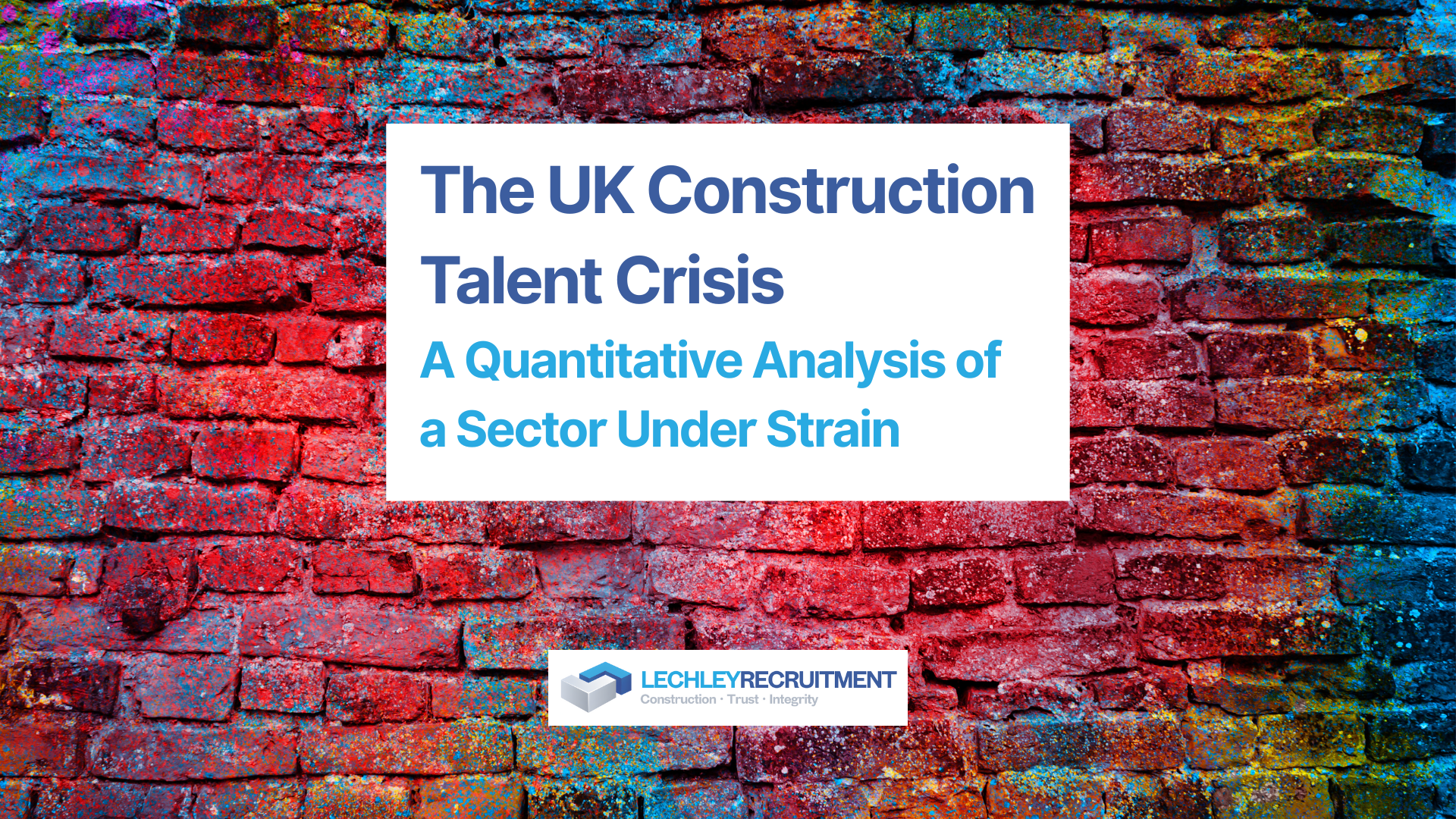Driving Success: Leadership Lessons from the Sporting Arena to the Boardroom
Driving Success: Leadership Lessons from the Sporting Arena to the Boardroom
Assisting CEOs and Boards in pinpointing and securing exceptional Executive and Leadership talent remains a core focus of our mission, I find it compelling to delve into one of my fervent interests: sport.
The landscape of professional sports is rich with examples of teams that have established lasting legacies of success. British Cycling is a prime example, achieving unparalleled success on the global stage, particularly during the Olympics and World Championships. However, the contrasting fortunes of the Manchester football clubs - United and City - offer an intriguing parallel, demonstrating how shifts in leadership and culture can influence long-term success.
Manchester United's dominance in the 1990s and early 2000s under Sir Alex Ferguson is well-documented, built on a foundation of:
1. Leadership
2. Culture
3. Long-term vision
Conversely, in recent years, Manchester City has risen to prominence, showcasing the impact of visionary leadership, strategic investment, and a culture of excellence.
Both examples, from cycling and football, highlight the critical role of enhancing every team member's potential, even those not in the limelight. This often involves reigniting the careers of individuals who may have previously been overlooked or underappreciated.
Success in these cases starts with exemplary leadership at the top and is infused throughout the organisation by a culture committed to continuous improvement and accountability. This ethos, embraced from star athletes and players to coaching and support staff, is fundamental.
Furthermore, the focus on sustainable, long-term success over immediate triumphs is a lesson that transcends sports and applies directly to the corporate world.
What can corporate organisations learn from the high-performance cultures of successful sports teams and clubs?
Culture Is Key.
A strong culture elevates everyone's performance, whereas a poor culture can suppress even the most talented individuals.
Leadership Matters:
Leadership at the top is crucial, driving accountability and excellence throughout every layer of the organisation.
The Long View
True success is measured not by short-term achievements but by the ability to maintain high performance over the long haul.
The stories of British Cycling, Manchester United, and Manchester City offer rich insights for corporate leadership. What other examples have shaped your approach to leadership and organisational success?





